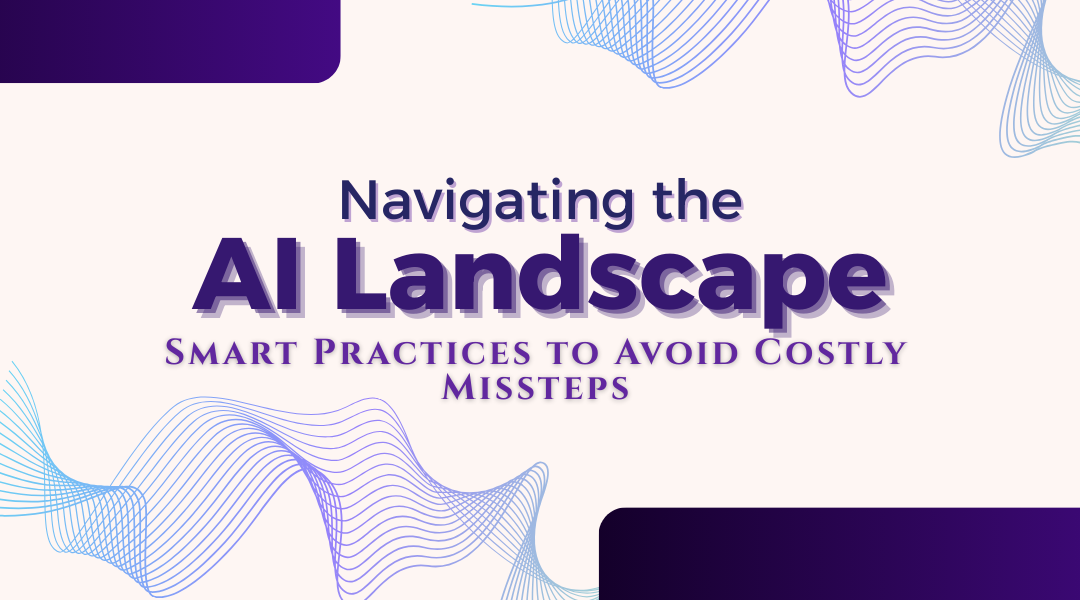Integrating AI into your workflow can feel like unlocking a new superpower. But like any powerful tool, it comes with a learning curve—and plenty of opportunities to stumble. The goal isn’t just to use AI; it’s to use it wisely, effectively, and in a way that strengthens rather than undermines your work. Let’s walk through some common early missteps and how to sidestep them with grace.
Pitfall 1: The Vanilla Output Problem
It’s tempting to take the first draft an AI generates and run with it. The result? Content that feels sterile, generic, and utterly forgettable. Your audience craves your unique perspective, not a perfectly polished yet impersonal summary.
How to Course-Correct:
Think of AI not as your replacement, but as your most efficient junior assistant. It’s brilliant at research, structure, and generating a foundational draft. Your job is to be the seasoned editor. Read through the output with a critical eye. Where can you inject a personal anecdote? Which jargon-filled sentence needs to be rewritten in your distinctive voice? Add controversial opinions, local references, or metaphors that resonate with your specific audience. This human layer is what transforms competent text into compelling communication.
Pitfall 2: Taking the Output as Gospel
AI models are designed to be confident, even when they’re wrong. This tendency to “hallucinate” or present plausible fiction as fact is perhaps the most dangerous trap for the unwary user. Blindly trusting a statistic or a claim can quickly crater your hard-earned credibility.
How to Course-Correct:
Adopt the mindset of a journalist verifying a tip from an anonymous source. If the AI mentions a study, a quote, or a specific data point, your immediate next step is to corroborate it. A quick search through reputable industry publications, academic journals, or official databases is non-negotiable. This habit of healthy skepticism protects your reputation and ensures the integrity of your work.
Pitfall 3: Chasing the “Shiny Object”
The AI tool market explodes with new entrants weekly, each promising to revolutionize your workflow. This can lead to a debilitating case of “shiny object syndrome,” where you spend more time evaluating new apps than actually doing deep work.
How to Course-Correct:
Instead of building a sprawling, underutilized toolbox, focus on building a well-oiled machine. Choose a core set of versatile tools and learn them inside and out. A powerful combination might be a language model for writing and brainstorming, a design tool with AI features for graphics, and an automation platform to connect everything. Only consider adding a new tool when you have a clearly defined problem your current stack can’t solve. Depth of knowledge trumps breadth of subscriptions every time.
Pitfall 4: The Transparency Dilemma
In an era where audiences value authenticity above all else, using AI covertly is a significant risk. If people feel deceived, the loss of trust can be irreversible. Furthermore, ethical questions around data privacy and algorithmic bias are critical to consider, especially when handling customer information.
How to Course-Correct:
Embrace radical transparency. Consider adding a brief note to your website or content footer: “We use AI to assist with drafting and ideation, but all final work is shaped by human expertise.” This honesty is not a weakness; it’s a strength that builds trust. When applying AI to customer data, always ask: Is this fair? Is this necessary? Have we obtained proper consent? Establishing clear ethical guidelines from the outset ensures your use of technology is responsible and respectful.
Conclusion: You Are the Conductor
The overarching theme is one of purposeful partnership. AI is an incredible instrument in your orchestra, capable of playing complex parts with speed and precision. But you are the conductor. You provide the soul, the interpretation, and the final judgment.
The most successful users of AI are those who leverage its efficiency without surrendering their unique voice, their critical eye, or their ethical compass. By avoiding these common pitfalls, you move from simply using AI to mastering it, ensuring it serves as a genuine force for enhancement and growth in your work.
